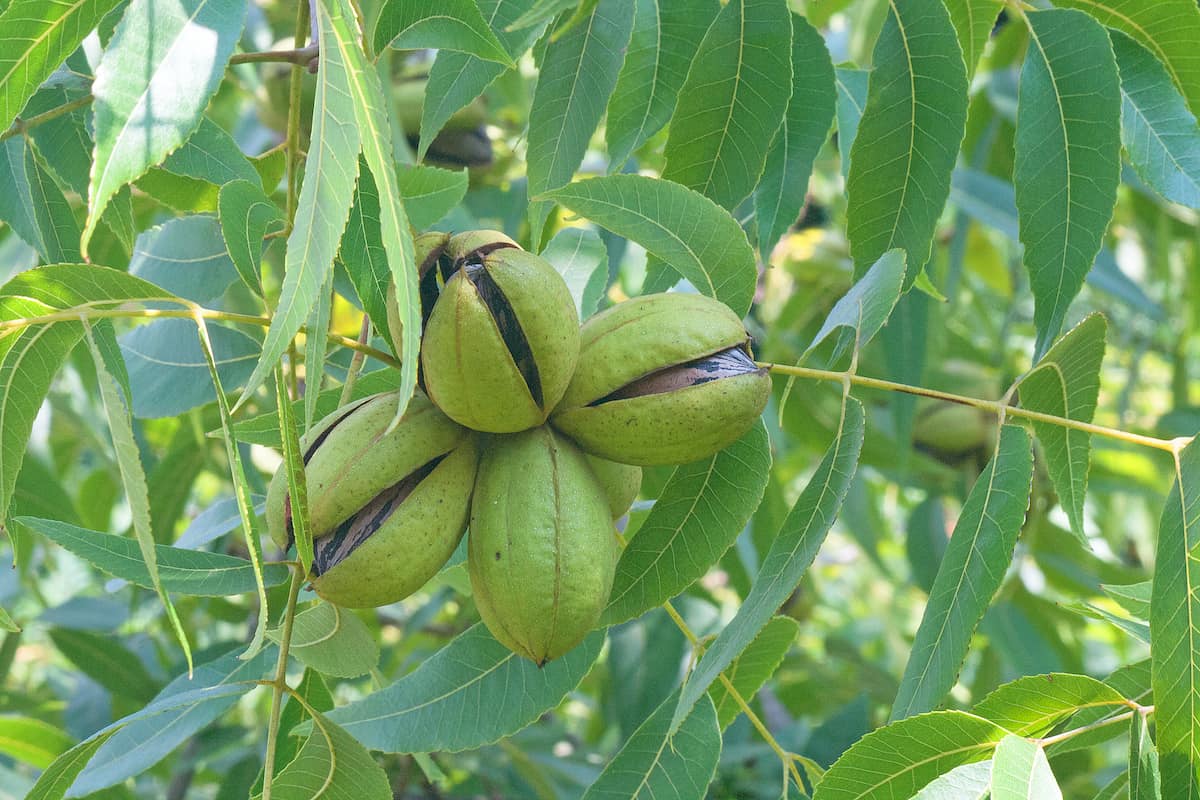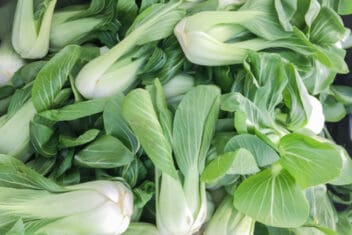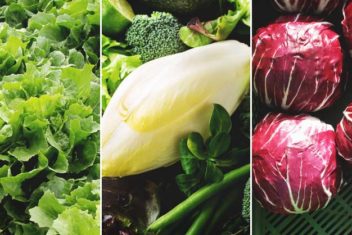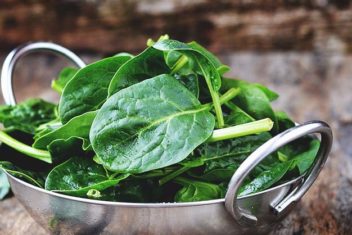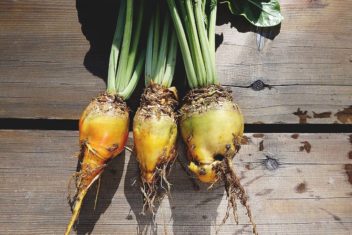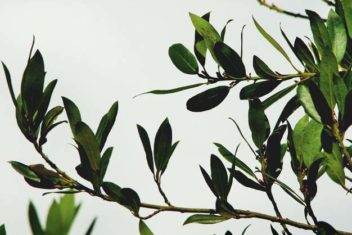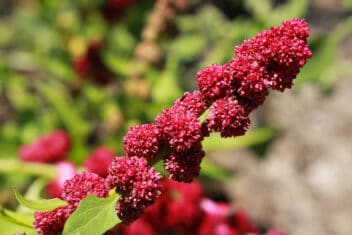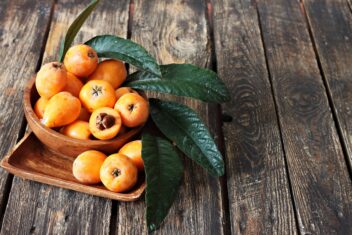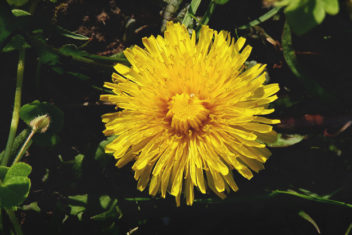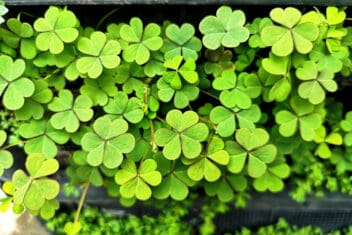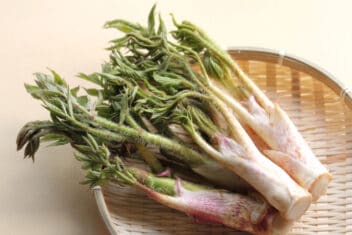Two words: pecan pie. Got your attention? If you’ve got the space and time, you should consider growing pecans, and not only to make dessert.
They can also be used in savory dishes or to make some extra cash. On top of that, they’re also a beautiful landscape tree that provides wonderful shade on a sunny day.
Pecans are native to the southern US where they’re a quintessential dessert food. Pecan pie, pralines, ice cream, maple pecan tarts are a few of my favorites. Memories of pecan based foods make my mouth water.
All About Pecans
The pecan tree (Carya illinoinensis) is a large deciduous tree that bears delicious nuts. Pronounced puh-KAHN – not pee-can – the pecan is a sweet oily nut that is full of flavor.
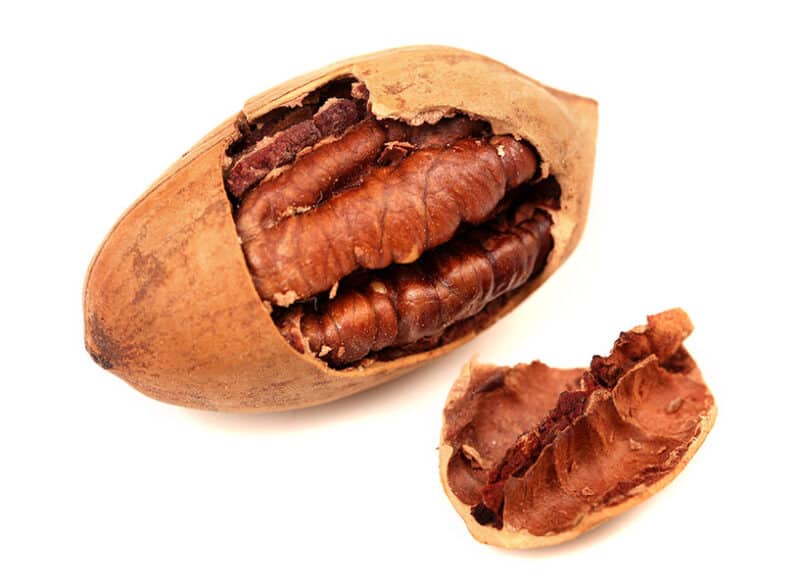
Pecans trees are very tall and can reach 130 feet in height. They thrive in warmer areas and are most often grown commercially in the deep south in Texas and Louisiana.
Pecans are a member of the hickory family. They require warm summers with warm night temperatures in order to produce fruit.
Pecans do best with another tree to cross-pollinate with, so plan on putting more than one in your garden.
Best Varieties
There are many named cultivars of pecans and some that have been developed for specific regions and climates. You can get cold hardy ones and varieties that are not quite so tall as others. Talk to your local extension agent and ask for recommended varieties in your area.
Some good ones to consider are:
Candy
‘Candy’ is an early maturing variety that starts producing at a young age. It produces ripe nuts in early fall. With a mature height of averaging 60 feet and spread of 40 feet, they’re a more manageable size than some other types. Grows in USDA Zones 6-9.
Colby
This is the perfect variety for pecan pie. It’s a fast-growing, sturdy, and hardy cultivar. ‘Colby’ bears at about five years and produces large crops of meaty, thin-shelled nuts. It’s heat tolerant and often grown in the deep south. Ripens in late September. The best pollinator companion option is ‘Peruque.’ This variety grows in Zones 5-9
Desirable
This variety has been widely planted commercially because it grows quickly and produces giant clusters of large, flavorful nuts. The nuts weigh out at approximately 48 pecans per pound which is high yielding. It ripens from October to November. The best cross-pollinators are either ‘Kanza’ or ‘Lakota.’ It does well in the heat and grows in Zones 6-9.
Lakota
‘Lakota’ is extremely high yielding and easy to shell. It has tasty cream-to-golden kernels and is a strong tree that does well in the windy areas of the central plains. Disease-resistant to pecan scab. Best pollinators: Pawnee or Desirable. Grows in Zones 6-9.
Pawnee
This variety was developed for northern climates and has produced well in Rhode Island, Michigan, and Washington. ‘Pawnee’ is a particularly popular pecan to grow because of its smaller size.
This cultivar has a mature height of 20-30 feet and a spread of 20 feet. It ripens in mid-October. The best cross-pollinators are ‘Kanza’ or ‘Lakota.’ This type grows in Zones 5-9.
Peruque
One of the most productive varieties, ‘Peruque’ has an extremely high yield that averages 80 nuts per pound. The medium-sized pecans have a thin shell so easy to harvest.
It does better in warmer climates, has a late bloom time, and ripens in mid-September. The best pollinator options are ‘Colby’ or ‘Lakota.’ Grows in Zone 5-8.
Planting Pecans
Pecans love to be in the sun in well-draining soil. What they don’t like are rocks or heavy clay. Loamy sand is best, and if you don’t have that, you’ll need to amend your soil. Test the drainage of the soil where you want to plant your pecans. Soil that drains well to at least three feet deep is best.
Pecan trees have a long taproot and the roots are susceptible to disease if the water sits around them. That’s why hilltops are an ideal location. Avoid low areas that have frost pockets.
Make sure you know the mature height and width of the variety you are planting. Many varieties get quite large, so space them 60-80 feet apart from each other. Make sure you don’t plant them near buildings, septic systems, or power lines.
Putting Transplants in the Ground
Pecans don’t grow true from seed so you will need to purchase a young tree. Horticulturalists recommend getting a tree between 4-8 feet tall. This size readily transplants.
Soak roots before planting and soak soil as you refill the hole to remove any air pockets.
Dig a hole that’s worthy of a pecan. That’s what my horticultural agent told me! Dig a hole that is at least three feet deep and just as wide.
Mix the excavated soil with one-third of peat and or sand to help it drain. Then backfill the bottom two feet of the hole. We want the tree to have plenty of loose soil under its roots.
Plant the tree level with the soil line. Finish placing the rest of your soil mix around the tree and water well.
Remember: Cross Pollination is Key
You need to plant at least two trees to get good pollination. Pecans are wind-pollinated and produce better when their pollen mixes with another pecan.
Caring for Pecans
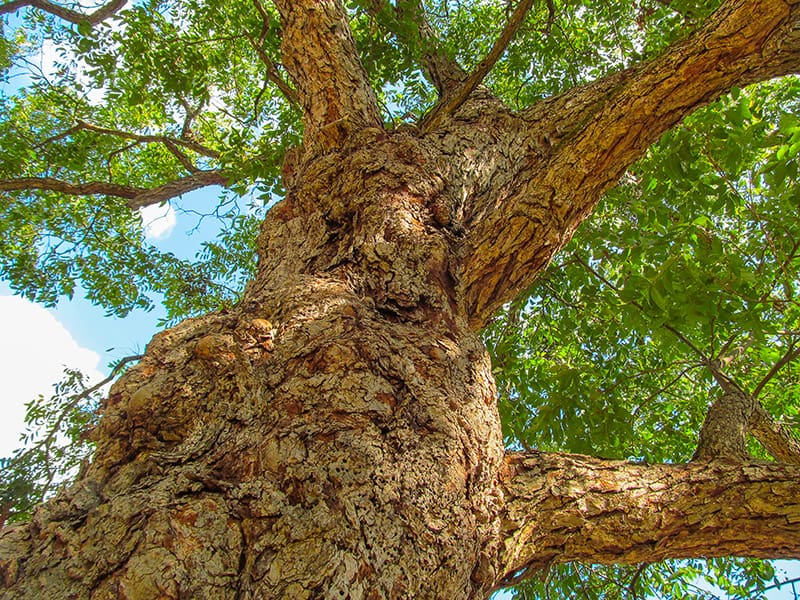
Now that the back-breaking work of digging a hole is out of the way, it’s almost time to sit back and relax in the shade of your tree. To make sure it survives and produces, here is what you need to know:
Water
Wild pecans live along creeks and rivers and are thirsty plants. Your young tree will need plenty of water for optimal growth – between 10-15 gallons of water every week, so plant them somewhere near water access.
Even as they grow and start producing they will need two inches of water per week. Water them along a drip line for the best results.
Fertilizer
Not only are they thirsty but they get hungry too. Pecans benefit from a spring application of organic fertilizer. In addition, each spring, give them a two-inch layer of compost.
Pecans have a high need for extra zinc. Use a foliar spray of zinc sulfate starting at bud break and continue every three weeks until the nuts are harvested. You want to use 2-3 pounds of zinc per 100 gallons of water.
Mulch
A good organic mulch of straw or wood chips will help keep moisture in and weeds out.
Pruning
When you purchase a potted or bare root tree it may have had its first pruning at the nursery. If it hasn’t, you should prune back the crown and taproot a bit before planting. This will encourage strong growth.
Once you’ve planted them, prune pecans so they have a central leader and four to six lateral scaffold branches. Pruning is needed for the first several years. After that when the tree starts producing fruits, you need to prune for health and to remove any stray branches.
Problems
There are just a few things you need to keep an eye out for when growing pecans:
Scab
This fungus can be a major problem among pecans. It produces black spots on the plant’s leaves, branches, and nut husks. The spots can grow and holes may appear in the leaves.
Scab may cause premature nut drop, as well as causing the husk or shuck to stick to the nut. It can cause nuts to be small. Spray tree with Serenade® Garden Disease Control for prevention.
Crown Gall
Crown gall and root gall both affect pecans and can cause trees to become stunted and grow slowly. Their leaves may be small and they don’t produce fruit.
If you have a tree that dies, inspect the roots for hard, woody ‘tumors’. That’s root gall.
Sadly, this bacterial disease has no treatment.
Aphids
Aphids and mites are small spider relatives that suck the sap from plant leaves. This causes the leaves to look wrinkled, or thick. The foliage often turns yellow and then dies.
There are lots of ways to deal with aphids, including using a strong blast of water to knock them off plants. You can use insecticidal soap such as Safer Brand or neem oil.
Pecan Nut Casebearer
The pecan nut casebearer, (Acrobasis nuxvorella), is a small grey moth. It’s one of the most destructive nut-eating pests that you’ll encounter when growing pecans.
The larvae leave the cocoon in early spring and feed on the exterior of opening buds. Then bore into the tender shoots to continue growing. There can be two or three generations each year.
Pheromone traps are a reliable option that helps you capture male moths and prevent them from breeding with females.
Inconsistent Fruiting
Pecans can be a bit finicky. They don’t produce consistently every year. Some pecan varieties are particularly prone to alternate-bearing fruit patterns, such as ‘Cape Fear,’ ‘Creek,’ and ‘Pawnee.’ Trees that are over a decade old can be particularly unreliable.
Some years they turn off their fruiting and conserve energy. That typically happens when they sense a drought coming or don’t like the cold wet spring you are having, though researchers aren’t sure why pecans decide to take some years off.
Stress that happens during fruiting tends to most negatively impact next year’s crop, so stress reduction is key. This involves pest management, good irrigation, and fertilization during flowering.
If you find that you’re regularly having trouble with alternate-bearing, you can thin immature nuts off the tree when it starts producing a large harvest. This encourages the tree to save some energy for next year.
Harvesting Pecans
Depending on the variety and your growing zone you can harvest your nuts between September and November. A mature tree will produce 40 to 50 pounds of nuts per year.
Pecans are ready to harvest when the outside layer, or shuck, splits open. Often the nuts fall to the ground.
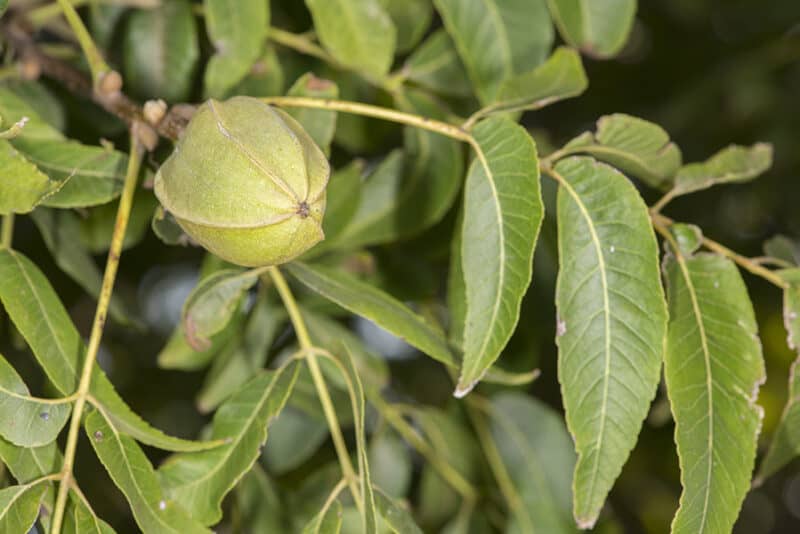
If they start falling to the ground, gather them quickly. You don’t want them to get moist on the ground. Also, you want to beat the squirrels!
You can also give the tree a good shake to cause the nuts to drop.
Inspect the nuts. Any that have wormholes or insect damage you can leave for the squirrels and deer. Nuts also make a good forage crop for hogs.
Storage
The nuts need to dry for about two weeks. Lay them out flat on a raised screen door or wire rack that is located out of direct sunlight.
You can store them in an airtight container in the pantry for several months. You can store them up to six months in a refrigerator or a year in a deep freeze.
Like most nuts pecans are large trees that take five-plus years to start producing. While that may seem like a long time to wait, it will pay off in the long run. Pecans are extremely productive and make a good cash crop if you choose to sell the extras.
Pecans are typically expensive in grocery stores. Growing a few pecan trees will not only give you low cost pecans but will leave you with many extra to sell as a cash crop.
Growing pecans also takes relatively little effort for the number of nuts you get!

